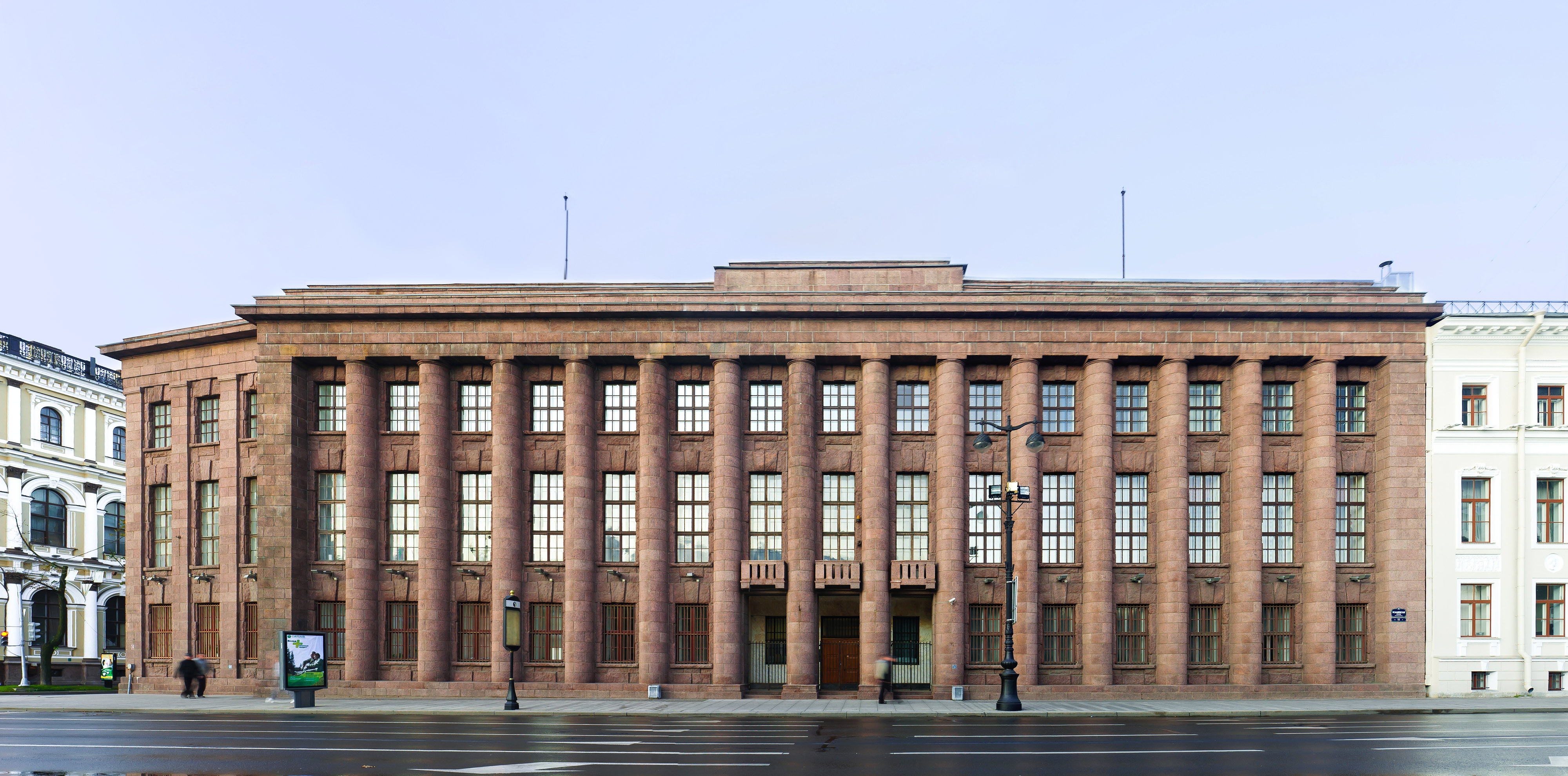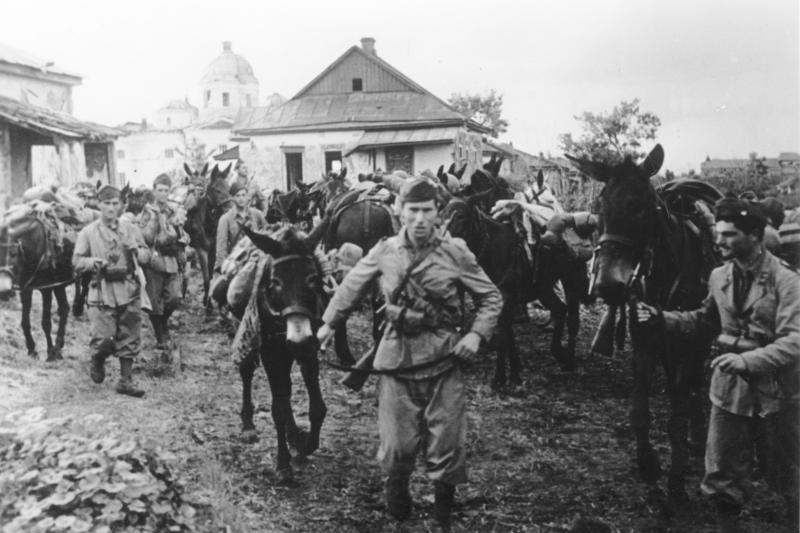|
Giuseppe Terragni
Giuseppe Terragni (; 18 April 1904 – 19 July 1943) was an Italian architect who worked primarily under the fascist regime of Benito Mussolini and pioneered the Italian modern movement under the rubric of Rationalism. His most famous work is the Casa del Fascio built in Como, northern Italy, which was begun in 1932 and completed in 1936; it was built in accordance with the International Style of architecture and frescoed by abstract artist Mario Radice. In 1938, at the behest of Mussolini's fascist government, Terragni designed the Danteum, an unbuilt monument to the Italian poet Dante Alighieri structured around the formal divisions of his greatest work, the Divine Comedy. Biography Giuseppe Terragni was born to a prominent family in Meda, Lombardy.Hugo LindgrenARCHITECTURE; A Little Fascist Architecture Goes a Long Way ''The New York Times'', October 12, 2003, accessed May 10, 2018. He attended the Technical College in Como then studied architecture at the Politecnico di Milano ... [...More Info...] [...Related Items...] OR: [Wikipedia] [Google] [Baidu] |
Architect
An architect is a person who plans, designs and oversees the construction of buildings. To practice architecture means to provide services in connection with the design of buildings and the space within the site surrounding the buildings that have human occupancy or use as their principal purpose. Etymologically, the term architect derives from the Latin ''architectus'', which derives from the Greek (''arkhi-'', chief + ''tekton'', builder), i.e., chief builder. The professional requirements for architects vary from place to place. An architect's decisions affect public safety, and thus the architect must undergo specialized training consisting of advanced education and a ''practicum'' (or internship) for practical experience to earn a Occupational licensing, license to practice architecture. Practical, technical, and academic requirements for becoming an architect vary by jurisdiction, though the formal study of architecture in academic institutions has played a pivotal role in ... [...More Info...] [...Related Items...] OR: [Wikipedia] [Google] [Baidu] |
Modern Movement
Modernism is both a philosophy, philosophical and arts movement that arose from broad transformations in Western world, Western society during the late 19th and early 20th centuries. The movement reflected a desire for the creation of new forms of art, philosophy, and social organization which reflected the newly emerging industrial society, industrial world, including features such as urbanization, architecture, new technologies, and war. Artists attempted to depart from traditional forms of art, which they considered outdated or obsolete. The poet Ezra Pound's 1934 injunction to "Make it New" was the touchstone of the movement's approach. Modernist innovations included abstract art, the stream-of-consciousness novel, montage (filmmaking), montage cinema, atonal and twelve-tone music, divisionist painting and modern architecture. Modernism explicitly rejected the ideology of Realism (arts), realism and made use of the works of the past by the employment of reprise, incorpor ... [...More Info...] [...Related Items...] OR: [Wikipedia] [Google] [Baidu] |
Italian Fascist Architecture
Italian(s) may refer to: * Anything of, from, or related to the people of Italy over the centuries ** Italians, an ethnic group or simply a citizen of the Italian Republic or Italian Kingdom ** Italian language, a Romance language *** Regional Italian, regional variants of the Italian language ** Languages of Italy, languages and dialects spoken in Italy ** Italian culture, cultural features of Italy ** Italian cuisine, traditional foods ** Folklore of Italy, the folklore and urban legends of Italy ** Mythology of Italy, traditional religion and beliefs Other uses * Italian dressing, a vinaigrette-type salad dressing or marinade * Italian or Italian-A, alternative names for the Ping-Pong virus, an extinct computer virus See also * * * Italia (other) * Italic (other) * Italo (other) * The Italian (other) * Italian people (other) Italian people may refer to: * in terms of ethnicity: all ethnic Italians, in and outside of Italy * in ... [...More Info...] [...Related Items...] OR: [Wikipedia] [Google] [Baidu] |
1943 Deaths
Events Below, the events of World War II have the "WWII" prefix. January * January 1 – WWII: The Soviet Union announces that 22 German divisions have been encircled at Stalingrad, with 175,000 killed and 137,650 captured. * January 4 – WWII: Greek-Polish athlete and saboteur Jerzy Iwanow-Szajnowicz is executed by the Germans at Kaisariani. * January 11 ** The United States and United Kingdom revise previously unequal treaty relationships with the Republic of China (1912–1949), Republic of China. ** Italian-American anarchist Carlo Tresca is assassinated in New York City. * January 13 – Anti-Nazi protests in Sofia result in 200 arrests and 36 executions. * January 14 – January 24, 24 – WWII: Casablanca Conference: Franklin D. Roosevelt, President of the United States; Winston Churchill, Prime Minister of the United Kingdom; and Generals Charles de Gaulle and Henri Giraud of the Free French forces meet secretly at the Anfa Hotel in Casablanca, Morocco, to plan the ... [...More Info...] [...Related Items...] OR: [Wikipedia] [Google] [Baidu] |
1904 Births
Nineteen or 19 may refer to: * 19 (number), the natural number following 18 and preceding 20 * one of the years 19 BC, AD 19, 1919, 2019 Films * ''19'' (film), a 2001 Japanese film * ''Nineteen'' (film), a 1987 science fiction film Music * 19 (band), a Japanese pop music duo Albums * ''19'' (Adele album), 2008 * ''19'', a 2003 album by Alsou * ''19'', a 2006 album by Evan Yo * ''19'', a 2018 album by MHD * ''19'', one half of the double album ''63/19'' by Kool A.D. * ''Number Nineteen'', a 1971 album by American jazz pianist Mal Waldron * ''XIX'' (EP), a 2019 EP by 1the9 Songs * "19" (song), a 1985 song by British musician Paul Hardcastle. * "Nineteen", a song by Bad4Good from the 1992 album '' Refugee'' * "Nineteen", a song by Karma to Burn from the 2001 album ''Almost Heathen''. * "Nineteen" (song), a 2007 song by American singer Billy Ray Cyrus. * "Nineteen", a song by Tegan and Sara from the 2007 album '' The Con''. * "XIX" (song), a 2014 song by Slipk ... [...More Info...] [...Related Items...] OR: [Wikipedia] [Google] [Baidu] |
Stripped Classicism
Stripped Classicism (or "Starved Classicism" or "Grecian Moderne") Jstor is primarily a 20th-century Classical architecture, classicist architectural style stripped of most or all Ornament (art), ornamentation, frequently employed by governments while designing official buildings. It was adapted by both totalitarian and democracy, democratic regimes. The style embraces a "simplified but recognizable" classicism in its overall massing and scale while eliminating traditional decorative detailing. The orders of architecture are only hinted at or are indirectly implicated in the form and structure. Despite its etymological similarity, Stripped Classicism is sometimes distinguished from "Starved Classicism", the latter "displaying little feeling for rules, proportions, details, and finesse, and lacking all verve and élan". At other times the terms "stripped" and "starved" are used interchangeably. Stripped Classicism was a materialistic manifestation of 'political' modernism. Rec ... [...More Info...] [...Related Items...] OR: [Wikipedia] [Google] [Baidu] |
Thrombosis
Thrombosis (from Ancient Greek "clotting") is the formation of a blood clot inside a blood vessel, obstructing the flow of blood through the circulatory system. When a blood vessel (a vein or an artery) is injured, the body uses platelets (thrombocytes) and fibrin to form a blood clot to prevent blood loss. Even when a blood vessel is not injured, blood clots may form in the body under certain conditions. A clot, or a piece of the clot, that breaks free and begins to travel around the body is known as an embolus. Thrombosis may occur in veins (venous thrombosis) or in arteries (arterial thrombosis). Venous thrombosis (sometimes called DVT, deep vein thrombosis) leads to a blood clot in the affected part of the body, while arterial thrombosis (and, rarely, severe venous thrombosis) affects the blood supply and leads to damage of the tissue supplied by that artery (ischemia and necrosis). A piece of either an arterial or a venous thrombus can break off as an embolus, which could ... [...More Info...] [...Related Items...] OR: [Wikipedia] [Google] [Baidu] |
Stalingrad
Volgograd ( rus, Волгогра́д, a=ru-Volgograd.ogg, p=vəɫɡɐˈɡrat), geographical renaming, formerly Tsaritsyn (russian: Цари́цын, Tsarítsyn, label=none; ) (1589–1925), and Stalingrad (russian: Сталингра́д, Stalingrád, label=none; ) (1925–1961), is the largest city and the administrative centre of Volgograd Oblast, Russia. The city lies on the western bank of the Volga, covering an area of , with a population of slightly over 1 million residents. Volgograd is the List of cities and towns in Russia by population, sixteenth-largest city by population size in Russia, the second-largest city of the Southern Federal District, and the Volga#Biggest cities on the shores of the Volga, fourth-largest city on the Volga. The city was founded as the fortress of ''Tsaritsyn'' in 1589. By the nineteenth century, Tsaritsyn had become an important river-port and commercial centre, leading to its population to grow rapidly. In November 1917, at the start of th ... [...More Info...] [...Related Items...] OR: [Wikipedia] [Google] [Baidu] |
Italian Participation In The Eastern Front
The Italian participation on the Eastern Front represented the military intervention of the Kingdom of Italy in the Operation Barbarossa, launched by Nazi Germany against the Soviet Union in 1941. The commitment to actively take part in the German offensive was decided by Benito Mussolini a few months before the beginning of the operation, when he became aware of Adolf Hitler's intention to invade, but it was confirmed only in the morning of 22 June 1941, as soon as the Italian dictator was informed that same day the German armies had given way to the invasion. An expeditionary force quickly became operational, with three divisions, previously put on alert: called the "Italian Expeditionary Corps in Russia" (''Corpo di Spedizione Italiano in Russia,'' CSIR), it arrived on the eastern front in mid-July 1941. Initially integrated into the 11th German Army and then in the 1st Panzer Army, the CSIR participated in the campaign until April 1942, when the needs of the front required the ... [...More Info...] [...Related Items...] OR: [Wikipedia] [Google] [Baidu] |
Casa Del Fascio
A ''casa del Fascio'', ''casa Littoria'', or ''casa del Littorio'' () was a building housing the local branch of the National Fascist Party and later the Republican Fascist Party under the regime of Italian Fascism, in Italy and its colonies. In major urban centers, it was called the ''palazzo del Littorio'' or ''palazzo Littorio''. ''Littorio'' means ''lictor'', the bearer of the '' fasces lictorii'', the symbol of Roman power adopted by the Fascist party. History There were about 11,000 ''case del Fascio'' in all. Around 5,000 buildings were constructed specifically as ''case del Fascio''. Many of them were designed by Italian rationalist architects including Adalberto Libera, Saverio Muratori, Ludovico Quaroni, Giuseppe Samonà, and Giuseppe Terragni, but there were also historicist and modern architects. The ''Case del Fascio'' became one of the central points of the new cities and new towns founded under the regime, along with the church and the town hall. In smaller to ... [...More Info...] [...Related Items...] OR: [Wikipedia] [Google] [Baidu] |





_(1857).png)

